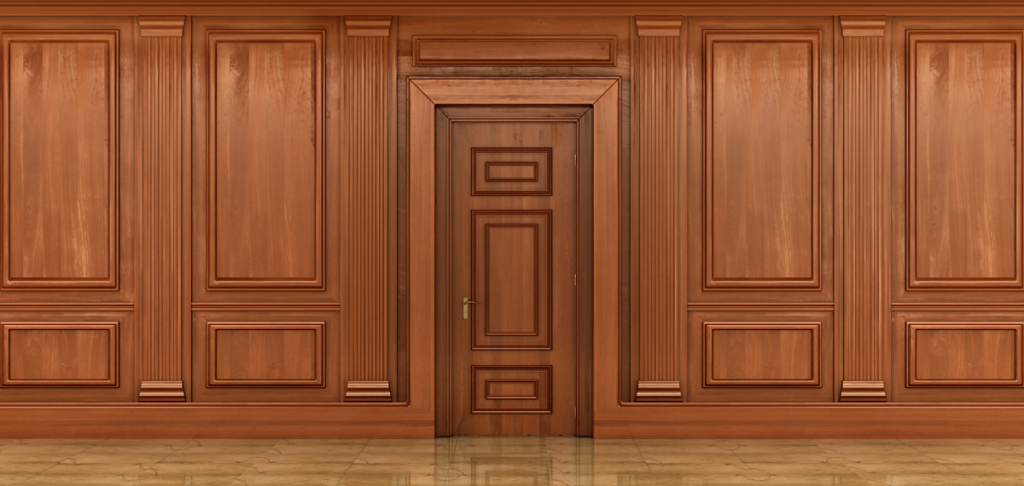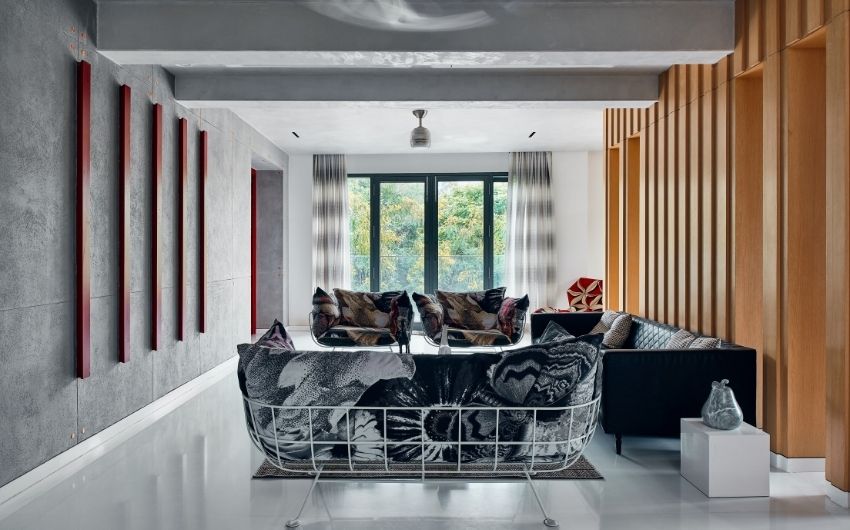Wall paneling is a key part of the standards set by the Architectural Woodwork Institute (AWI). These standards help ensure that woodwork in buildings is made well and looks good.
The AWI focuses on wall paneling because it plays an important role in how a room looks and sounds. Following the AWI standards for wall paneling means the woodwork will work well and look great for a long time.
Architects, designers, and construction workers need to understand AWI’s rules about wall paneling to create high-quality woodwork that meets or exceeds what their clients want. Let’s understand the role of wall paneling in AWI standards.
Reasons For Wall Paneling Importance In AWI Standards
Wall paneling is considered an important part of AWI Standards for several reasons:
- Aesthetic Appeal: Wall paneling adds a decorative and aesthetic element to interior spaces. It can enhance the overall appearance of a room by providing a cohesive and visually appealing surface. AWI Standards ensure that the paneling is crafted and installed to meet certain quality criteria, thus contributing to the overall beauty of the space.
- Craftsmanship and Quality: AWI Standards emphasize the importance of high-quality craftsmanship in all aspects of architectural woodwork, including wall paneling. By setting specific criteria for the materials used, fabrication methods, and installation techniques, the AWI ensures that the finished product meets the highest standards of quality.
- Durability and Longevity: Properly designed and installed wall paneling should be durable and able to withstand daily wear and tear. AWI Standards specify appropriate materials and construction methods to ensure that the paneling remains in good condition over time, reducing the need for frequent repairs or replacements.
- Consistency and Uniformity: AWI Standards promote consistency and uniformity in architectural woodwork throughout a project. This includes wall paneling, which should match other woodwork elements in terms of design, finish, and overall appearance. This helps create a harmonious and well-coordinated interior environment.
- Safety and Structural Integrity: Wall paneling should be securely attached to the underlying structure to ensure safety and stability. AWI Standards outline guidelines for proper installation methods to ensure that the paneling is safely affixed to the walls and does not pose any risks to occupants.


What Does Wall Paneling Include?
Wall paneling refers to the process of covering a wall surface with panels made of various materials. These panels can be installed in different ways and serve various purposes. The specific components and features of wall paneling can vary depending on the type of paneling and the intended use.
Standards for Architectural Wall Panels Cover
The standards for architectural wall panels typically cover various aspects related to the design, fabrication, installation, and performance of these panels.
These standards are established to ensure that architectural wall panels meet specific quality criteria and industry best practices. The specific details and requirements may vary depending on the organization or governing body setting the standards.
Here are some common areas that architectural wall panel standards typically cover:
- Material Specifications: The standards will specify the acceptable materials for architectural wall panels. This can include different types of wood, metal, plastic, composite materials, or other substrates.
- Panel Design and Dimensions: The standards may outline design guidelines for wall panels, including permissible sizes, thicknesses, profiles, and possible shapes or configurations.
- Manufacturing and Fabrication: The standards will address the manufacturing processes, fabrication techniques, and quality control measures to ensure consistent production of the wall panels.
- Surface Finishes: Standards often provide guidelines for the application of finishes, such as paint, stain, veneer, laminate, or other surface treatments, ensuring a consistent and durable appearance.
- Joinery and Connection Methods: The standards will cover how wall panels are connected or joined together and how they attach to the building structure. This includes guidelines for visible and concealed fastening systems.
Use of Shop Drawings to Specify Wall Paneling Finishes
Shop drawings play a crucial role in specifying wall paneling finishes for construction projects. When incorporating wall paneling into a building design, architects and designers work closely with manufacturers or woodworking contractors.
Shop drawings are detailed drawings prepared by these professionals that provide specific information about the wall paneling finishes, among other important details.
How shop drawings are used to specify wall paneling finishes?
- Design Intent Clarification: Shop drawings help clarify the design intent for wall paneling finishes. They provide a visual representation of how the finished wall panels will look, including the choice of materials, surface treatments, colors, and textures. This ensures that all parties involved in the project have a clear understanding of the aesthetic vision.
- Material Selection: Shop drawings specify the materials to be used for the wall panels. This includes identifying the type of wood, metal, plastic, or other materials, as well as any surface treatments, such as paint, stain, veneer, or laminate.
- Finishing Details: Shop drawings provide detailed information about the specific finishing techniques to be applied to the wall panels. This can include the application method of paint or stain, the direction of wood grain, the type of veneer matching, or any special textural effects.
- Color and Finish Samples: Shop drawings may include color swatches or finish samples, allowing the client or project stakeholders to visualize and approve the proposed wall paneling finishes before production begins.
- Compliance with Design Standards: Shop drawings ensure that the specified wall paneling finishes comply with the design standards and specifications set by the architect or designer. They serve as a reference to ensure that the final product aligns with the original design intent.
The End Part
To sum it up, wall paneling plays a crucial role in meeting AWI standards due to its impact on both aesthetics and functionality. Proper wall paneling ensures high-quality finishes. This enhances the visual appeal of a space, while also contributing to durability and structural integrity. Adhering to AWI standards for wall paneling guarantees that the materials and installation methods meet industry benchmarks for performance and safety.
This compliance not only helps in achieving a consistent and professional look but also in maintaining the longevity and reliability of the installation. Overall, incorporating well-designed wall paneling in accordance with AWI standards is essential for achieving superior results in architectural and interior design projects.





